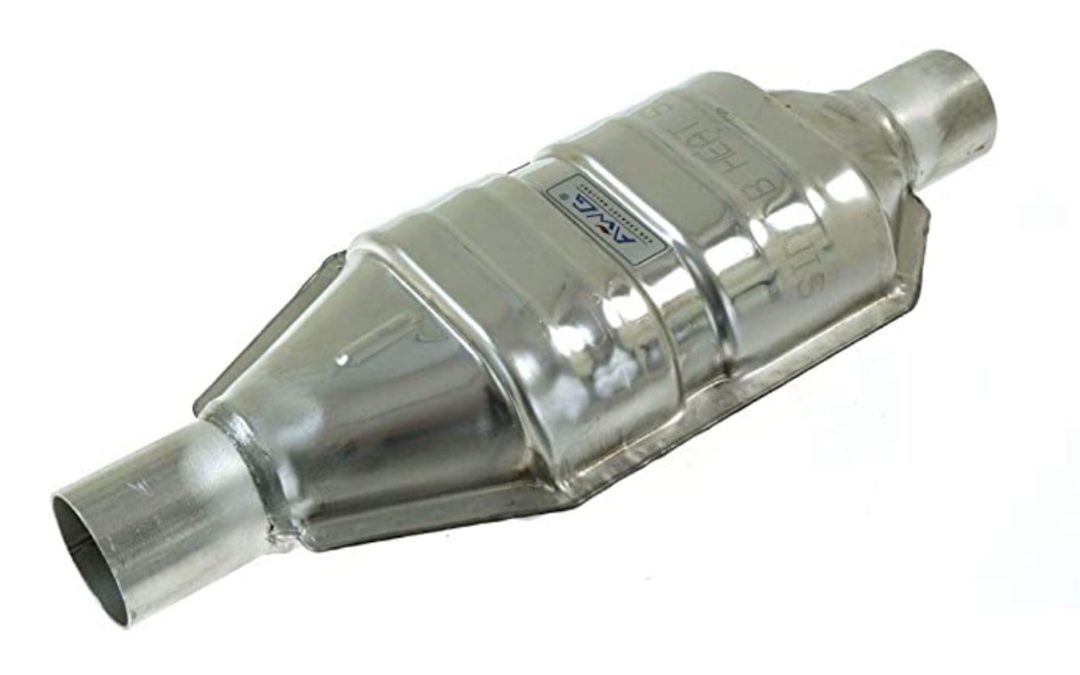The motor industry has been dealing with exhaust waste since the 1970s but another issue is now rolling into view.
The catalytic converter which largely took care of hydrocarbon emissions also obliged refineries to remove lead, a known toxin, from petrol. Used as an octane booster, lead corrupted the noble metals of the catalyst, destroying its purifying qualities.
Governments were slower to recognise the toxic output of diesel exhausts and in Europe it was not until the Euro 6 standard, mandatory for on HGVs from 2013, though not for cars until 2016 which has brought about a serious reduction of NOx.
The SCR, or selective catalytic reduction, has, thanks to its chemical treatment of the exhaust, eliminated all but the smallest particulate matter and the planned replacement of diesel traction in urban areas over the next decade should help to remove areas of the most dangerous concentrations of particles.
There are other aspects of vehicle operation which generate particles, but unrelated to combustion. If brake dust is very difficult to quantify, it too is likely to diminish in urban areas as electric drive which uses engine braking will mean fewer brake applications.
Tyres pose a greater problem. A tyre weighing say 20kg new will cross the scales at 10% less at the end of its life. That means a couple of kilograms of rubber have disappeared into the atmosphere as particulate matter, a worry given the potential health consequences.
Tyre manufacturers are aware of this and since 2018 have been collaborating to establish a standardized abrasion test for tyres enabling them to be graded not only for grip and wear qualities as now but also for abrasion. The intention is to be able to give the consumer the choice of least polluting rubber and subsequent regulation will probably bring the end of the ‘budget’ tyre.
EVs are heavier so have faster tyre wear which lends urgency to a matter which may see the biggest changes in tyre technology since radials replaced crossplies.
As a youngster he used to send race reports on Mallory Park meetings to the Derby Evening Telegraph which unaccountably always failed to print them. For thirty years he produced reports and analysis for other people before turning to motoring journalism and writing about matters rather closer to heart. An old 911, acquired when they were still affordable opened the world of Porsche and today he writes on historical subjects for several Porsche magazines in Europe and the US. He is also the UK correspondent for the classic car weekly, La Vie de l'Auto and keeps a foot in the modern world with a column in Trucking, a transport magazine, and as motoring correspondent for the Irish Police Journal.

